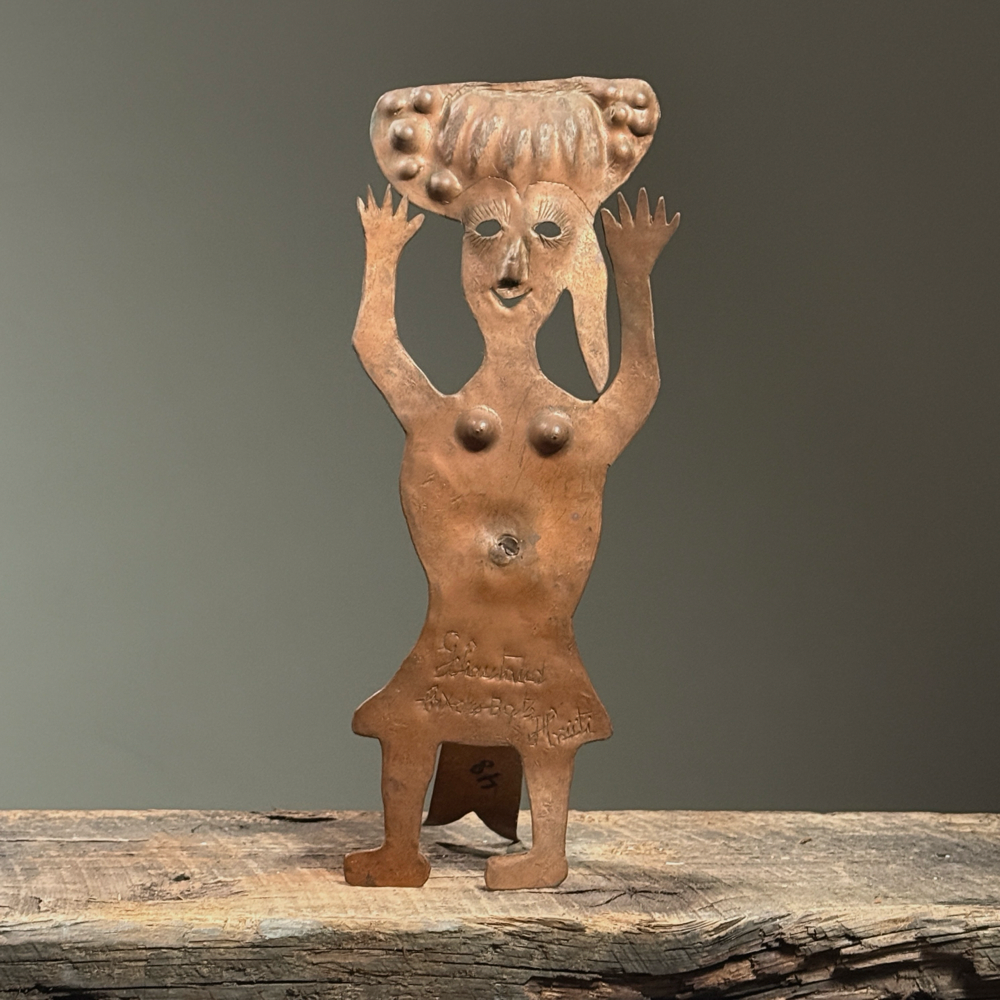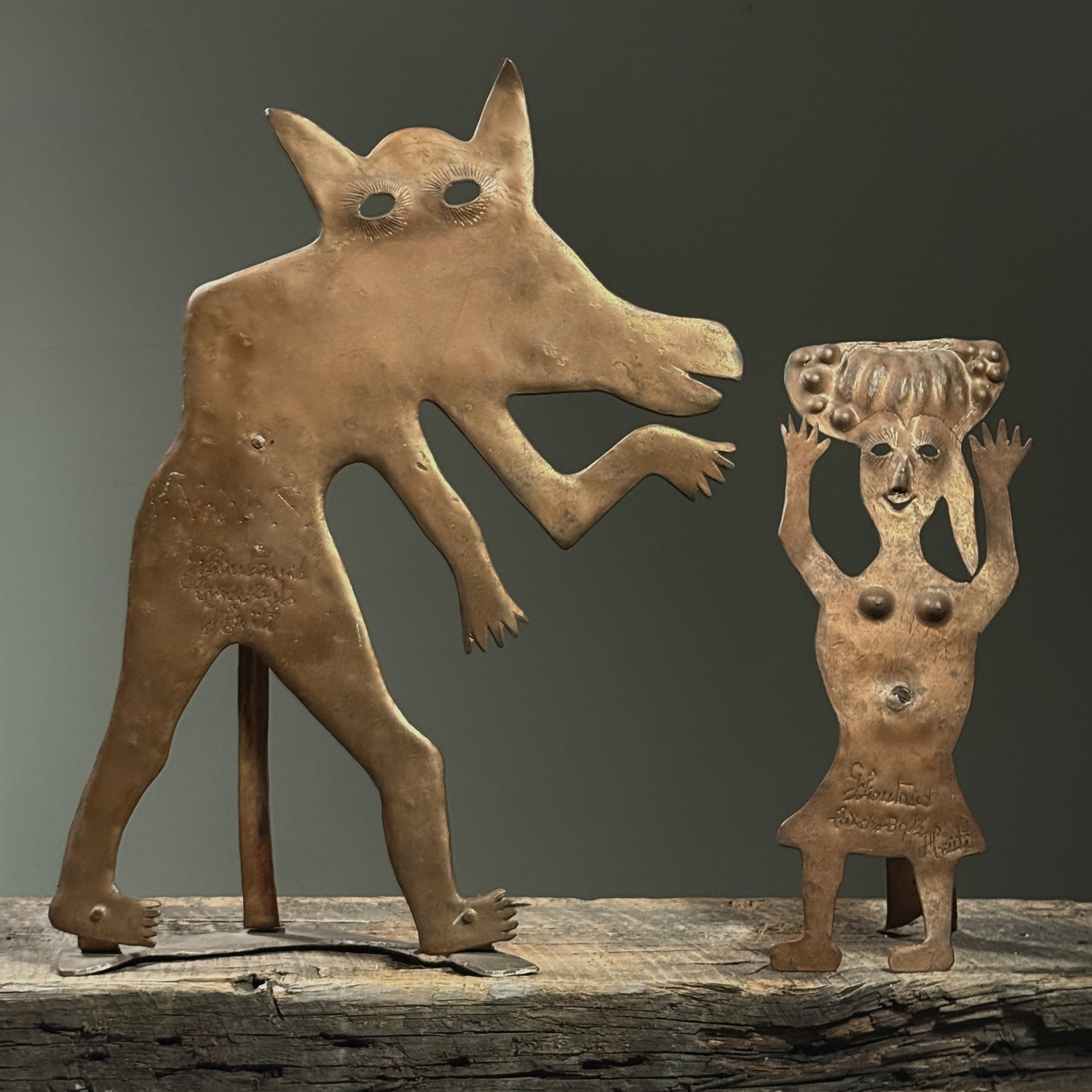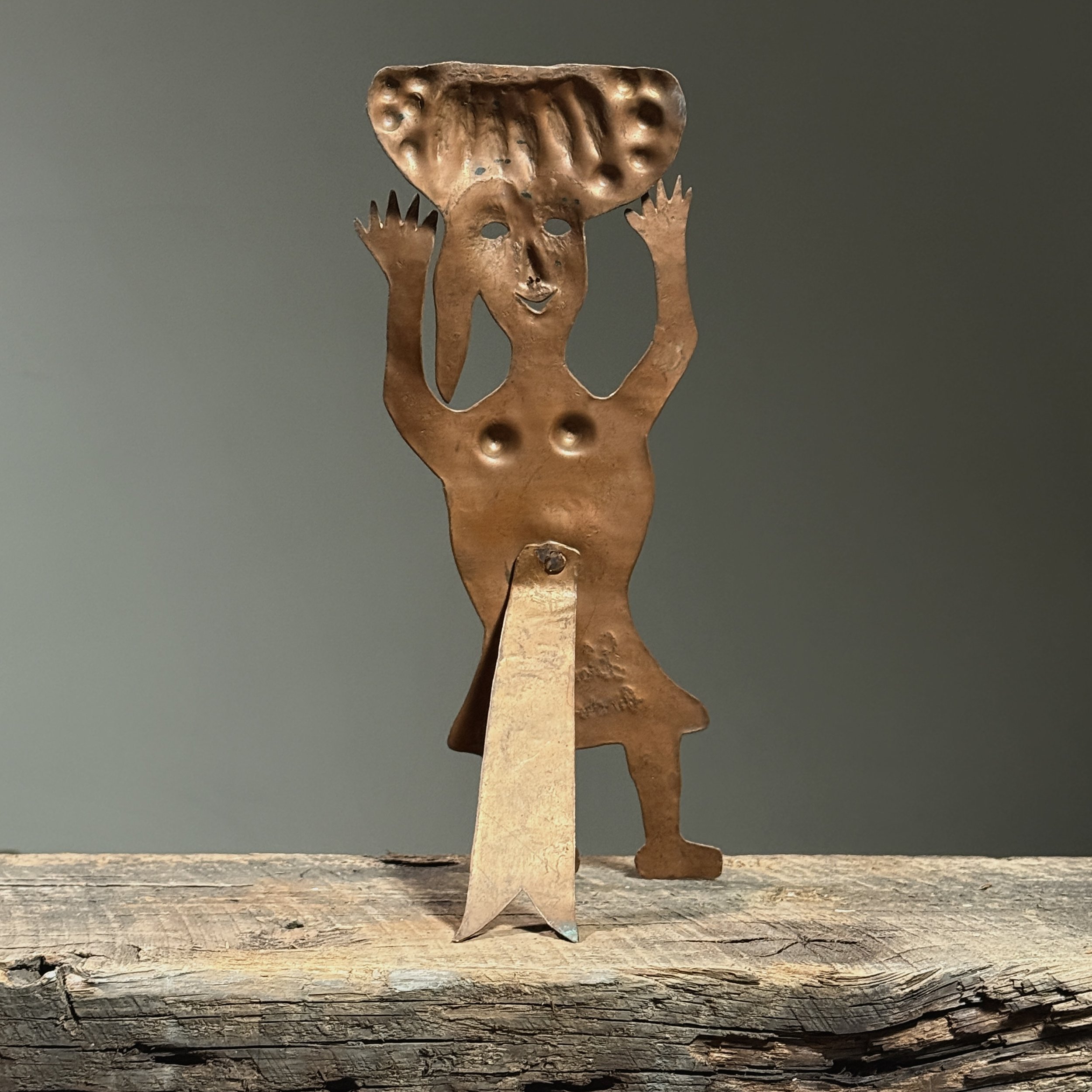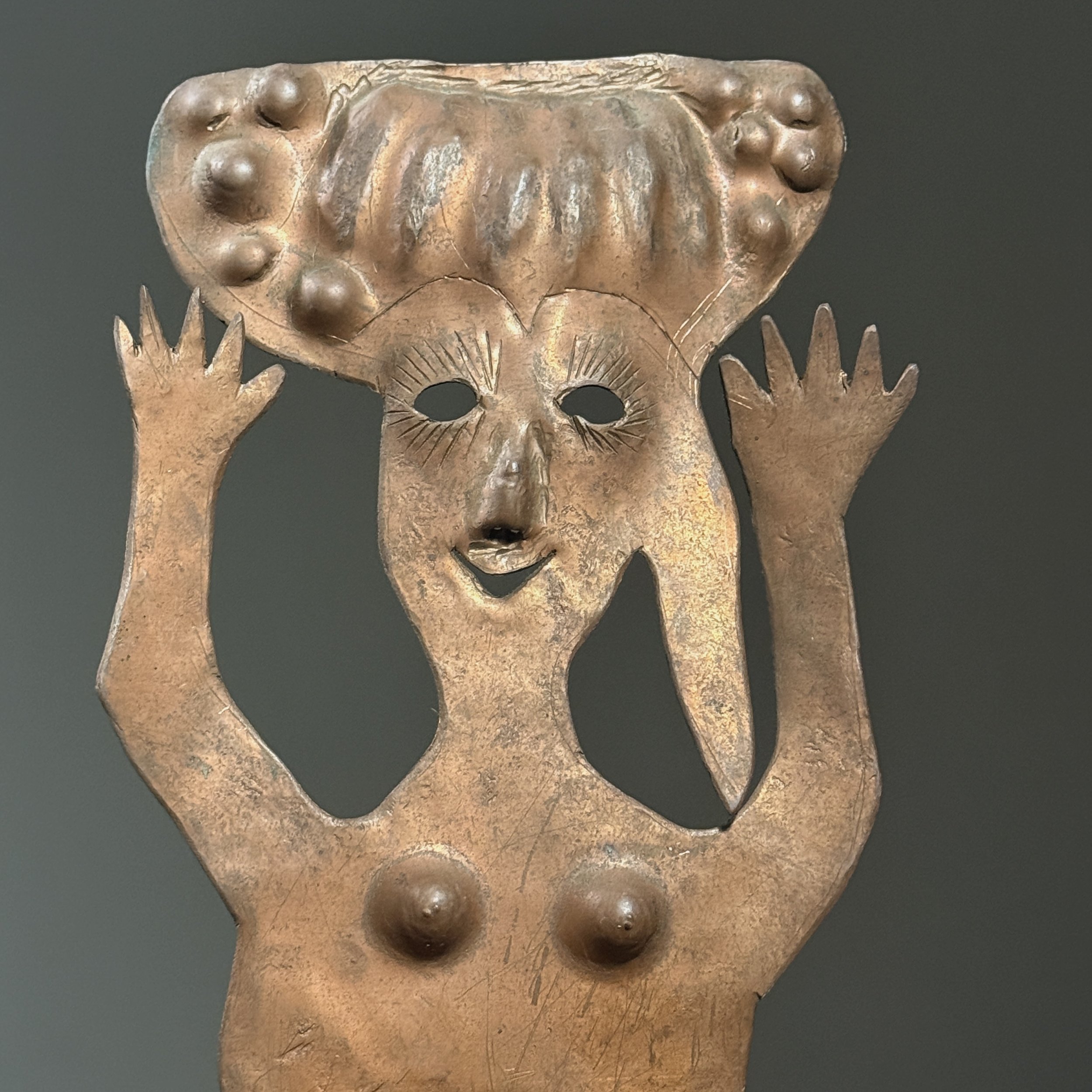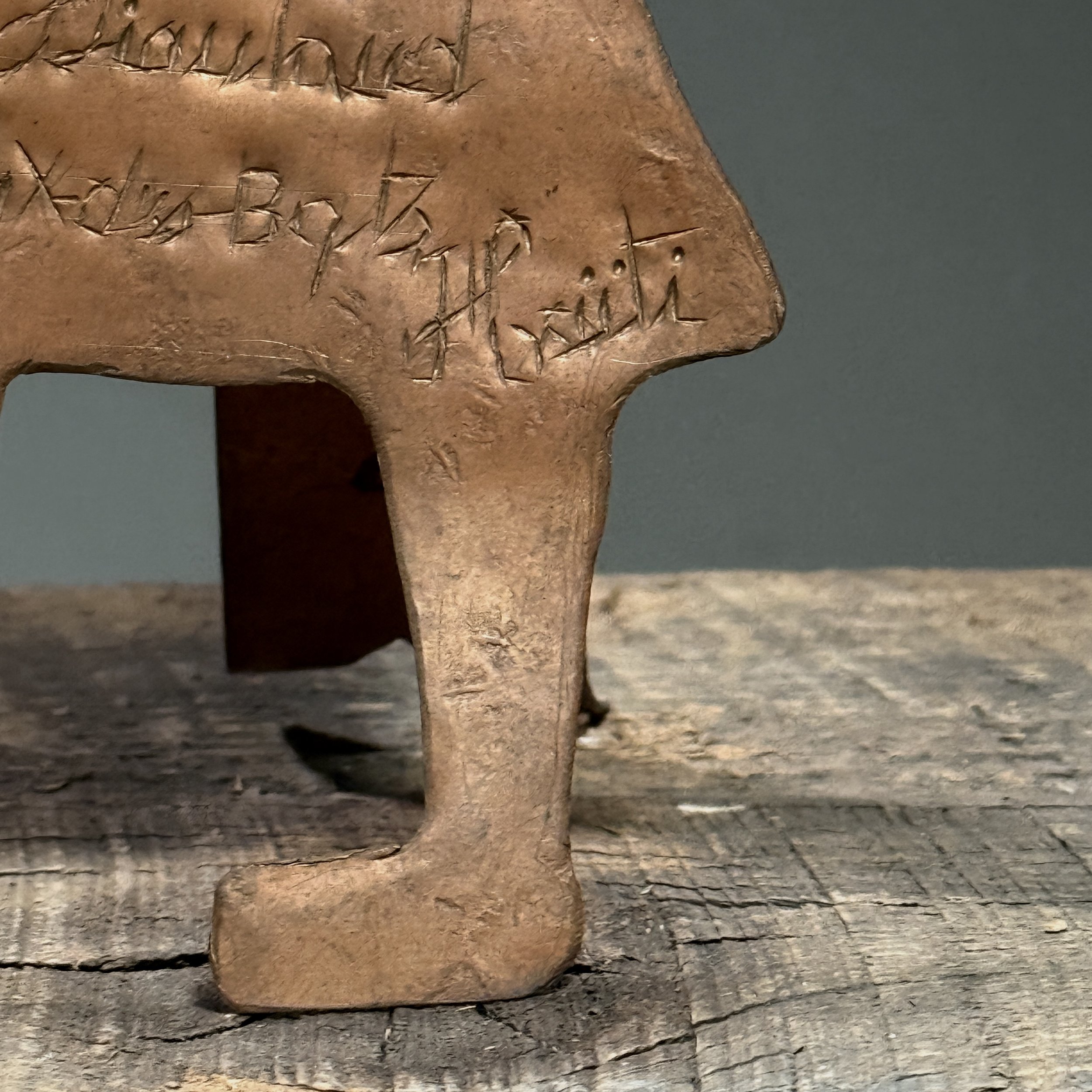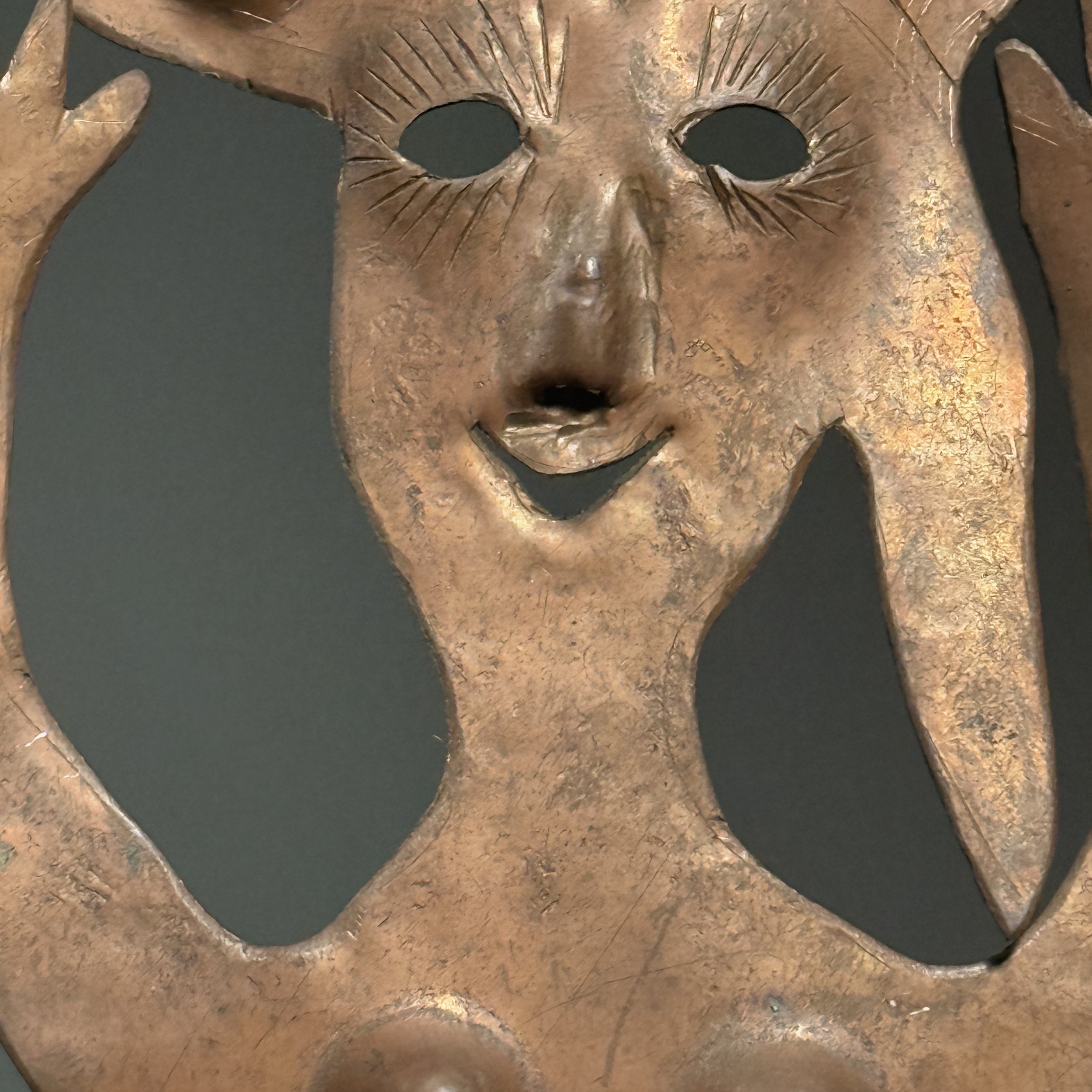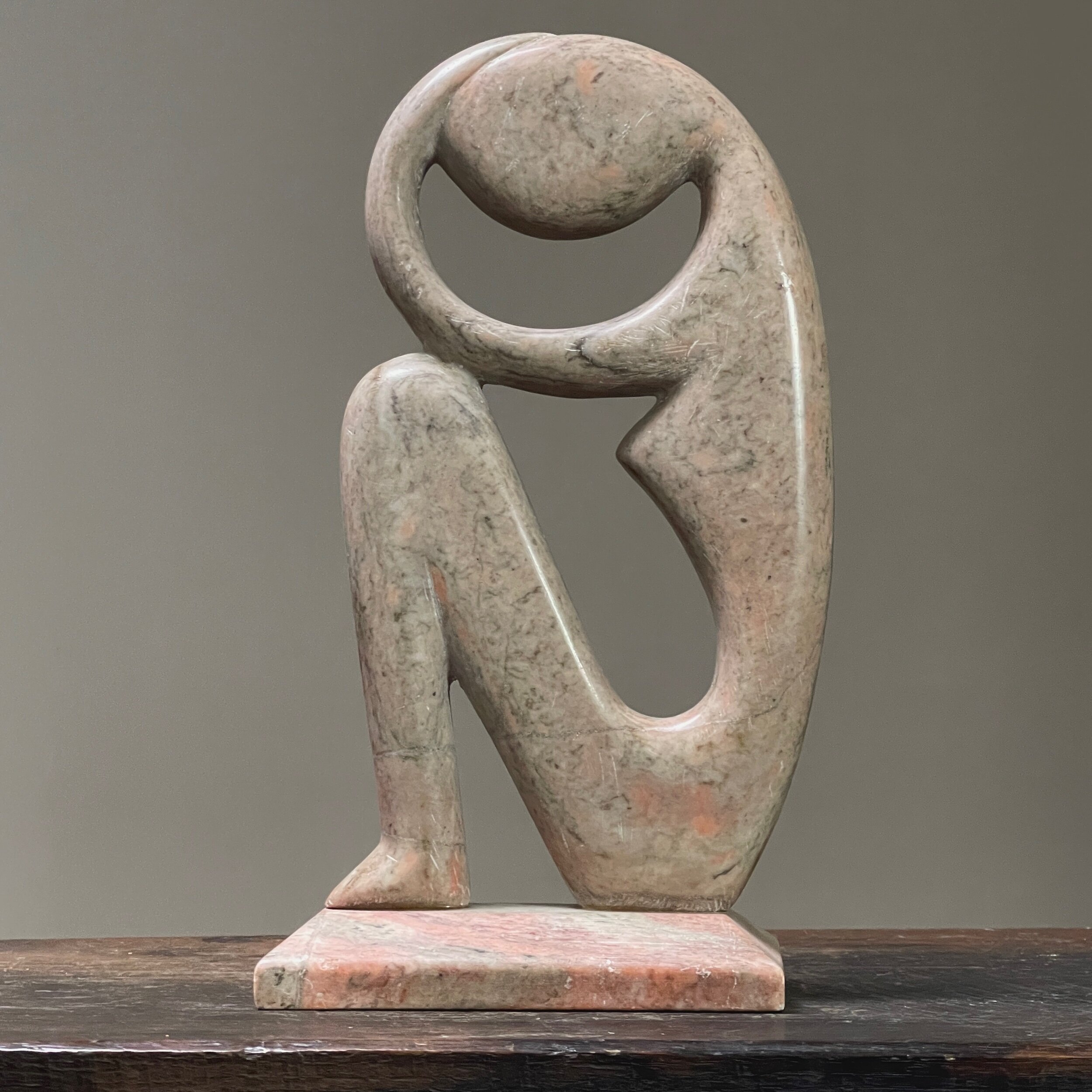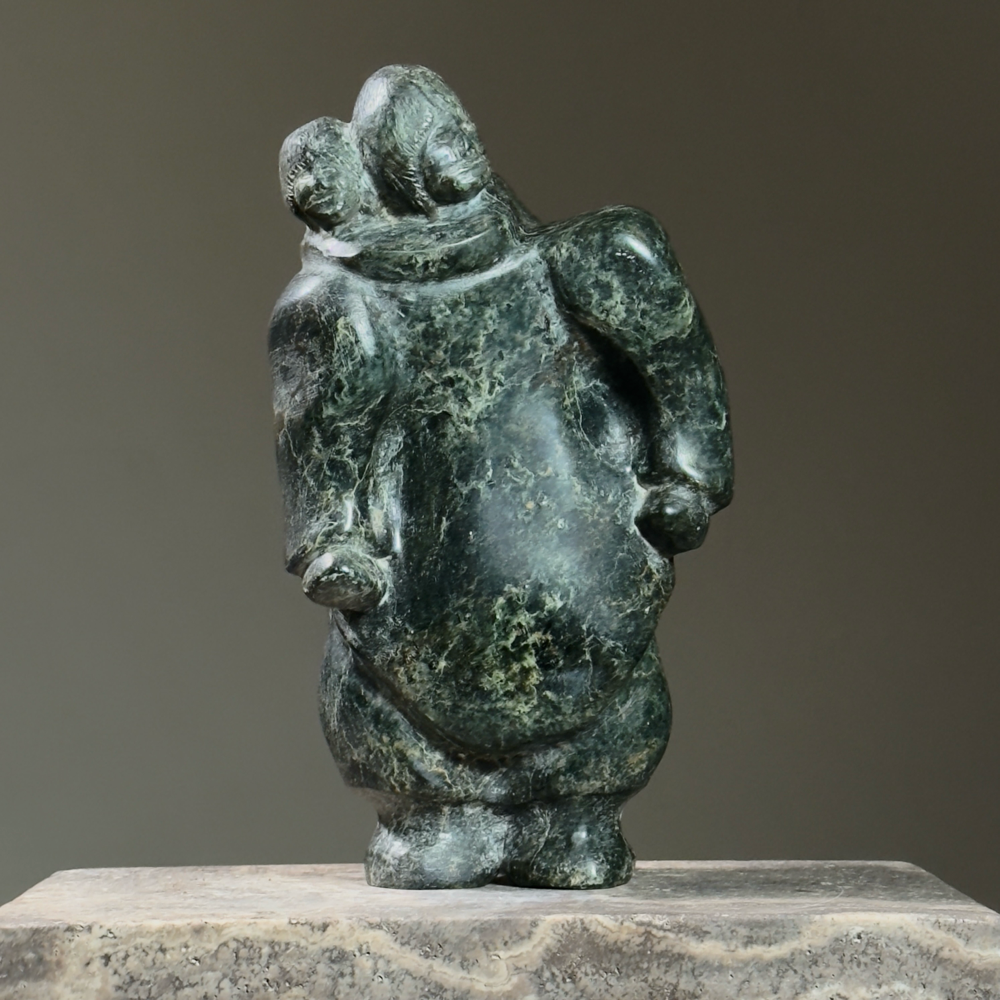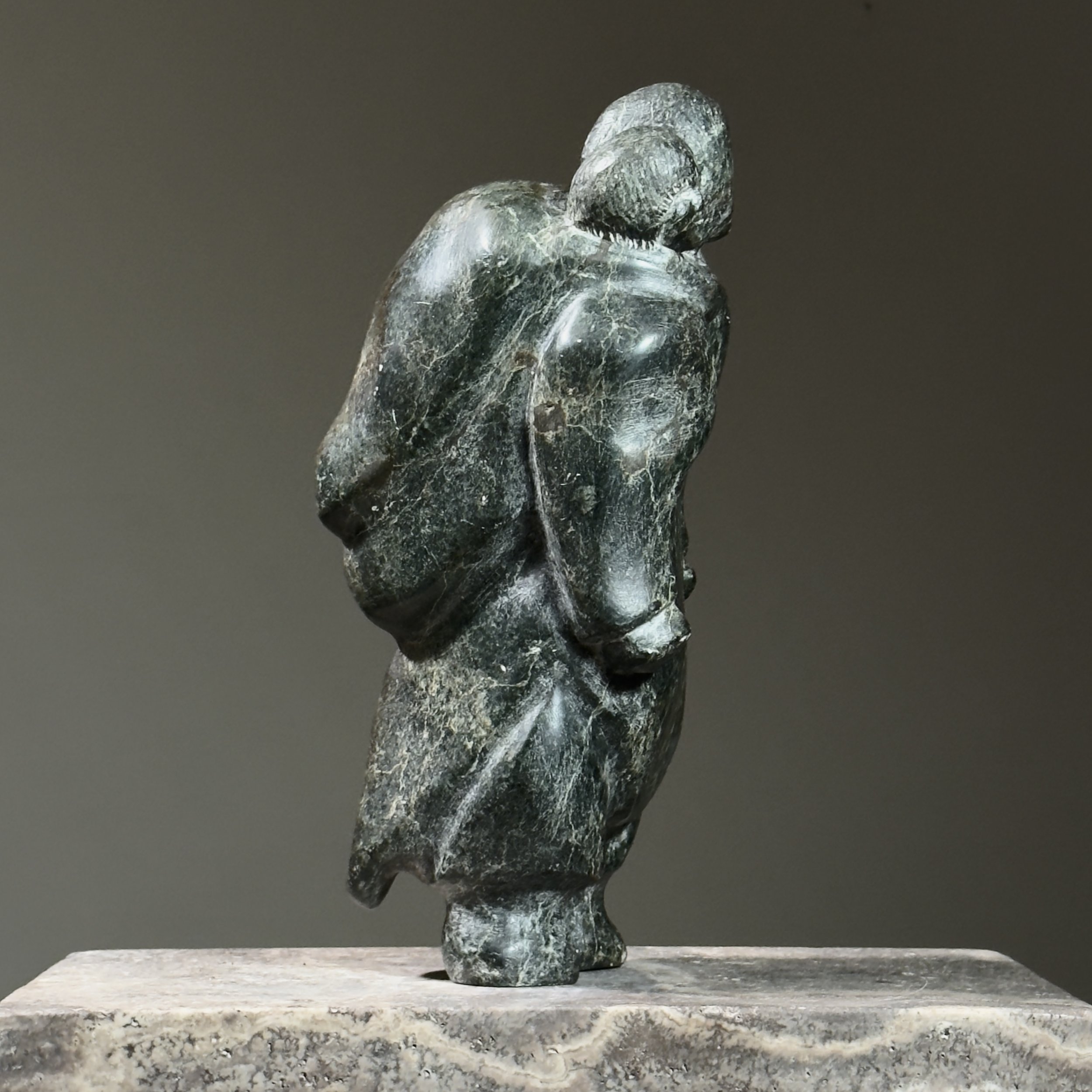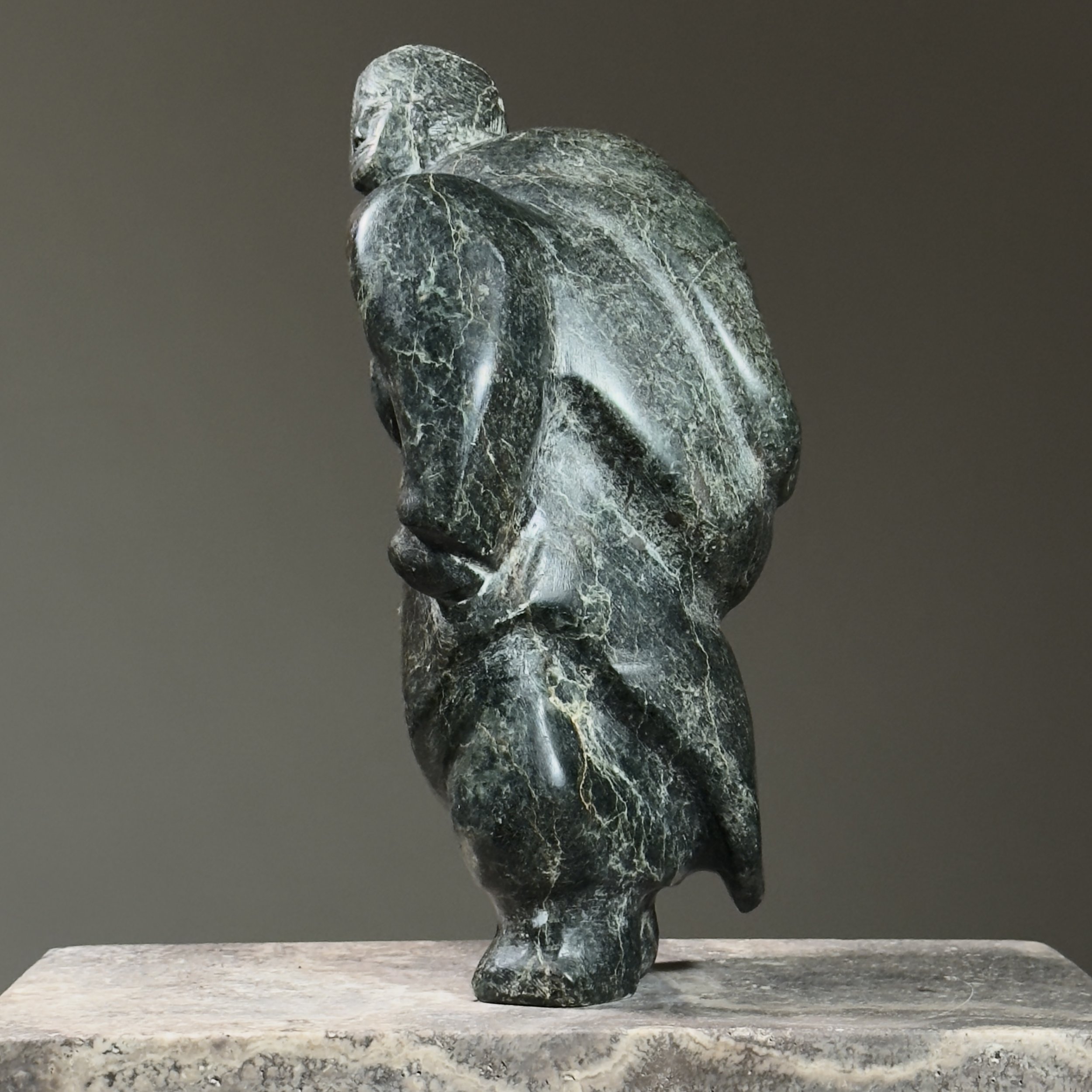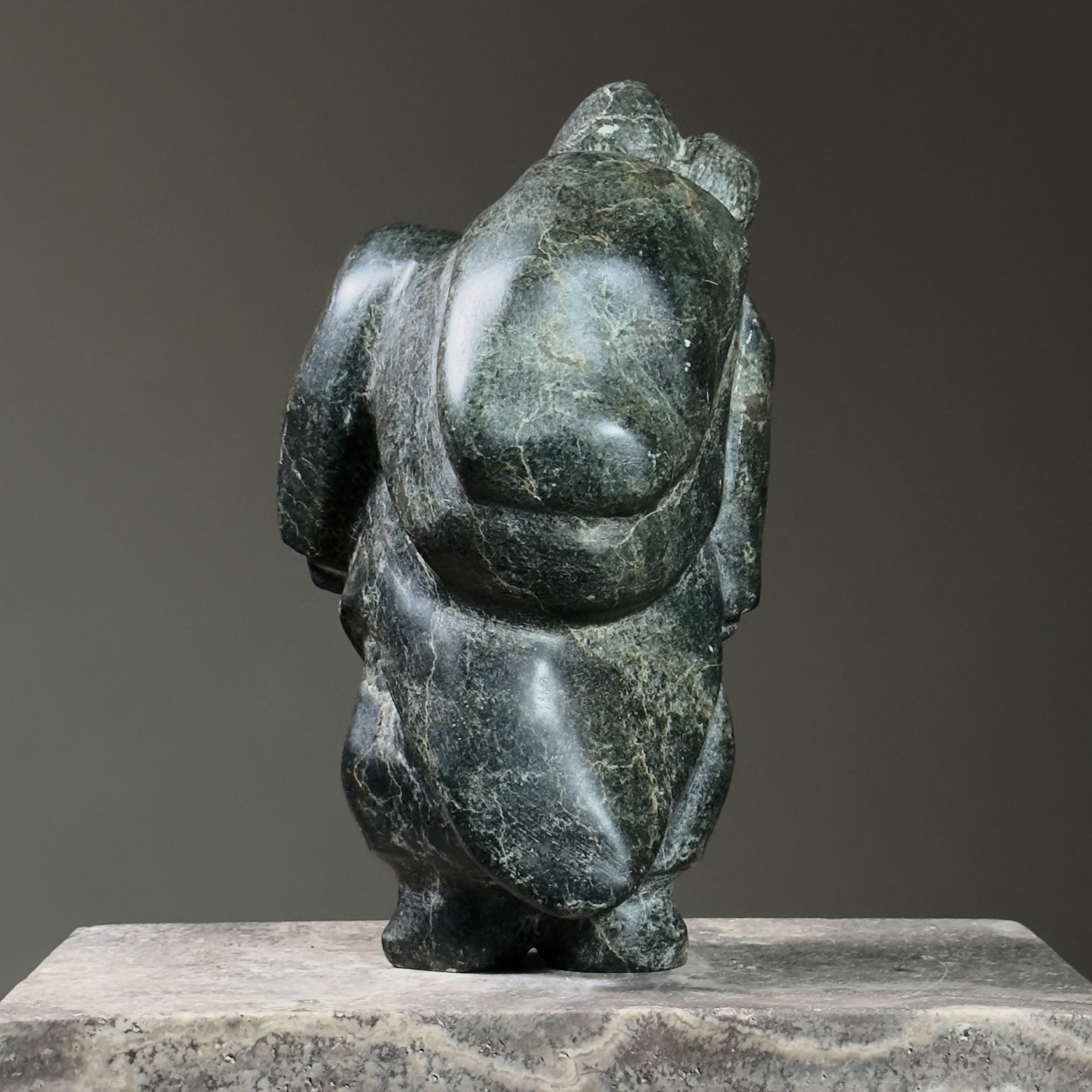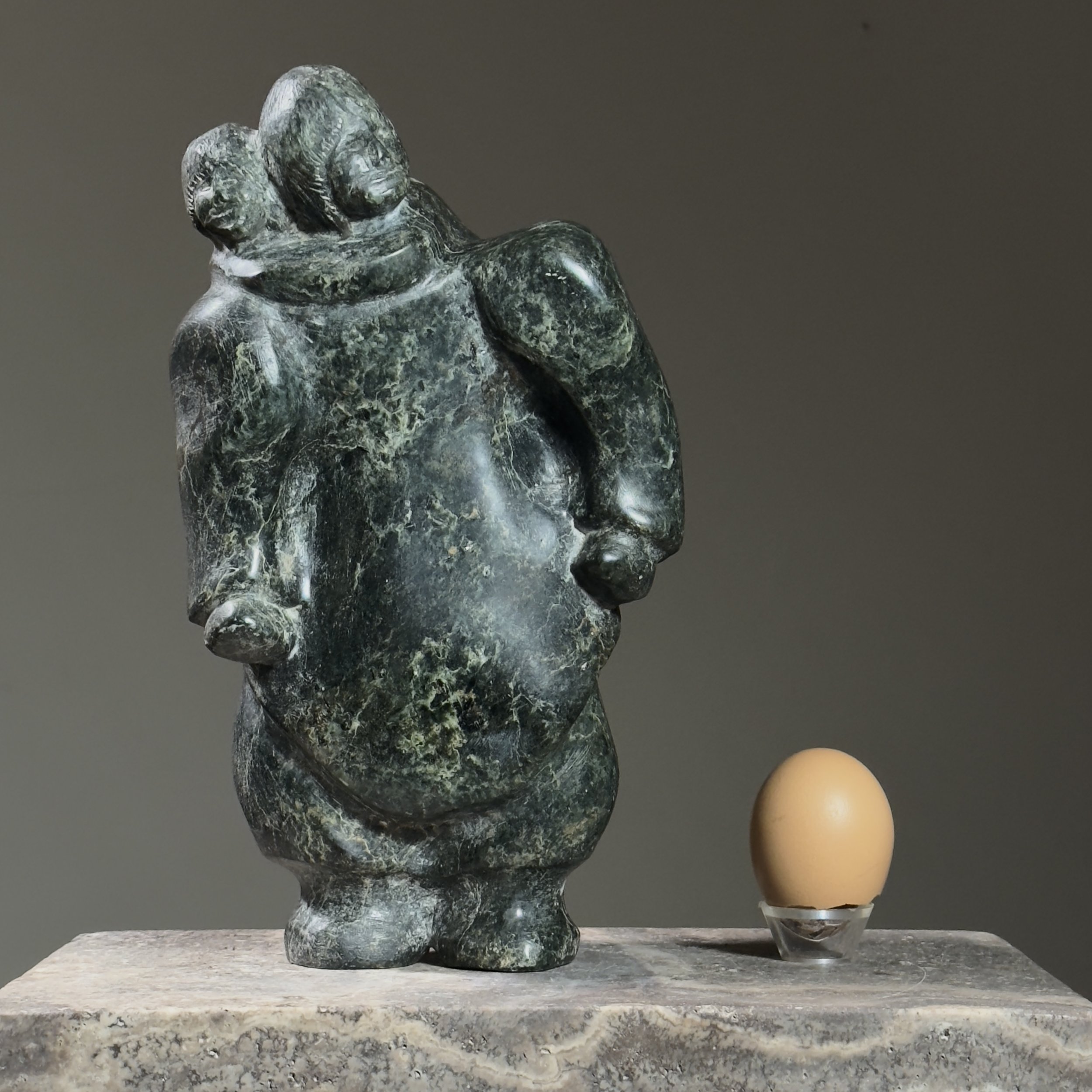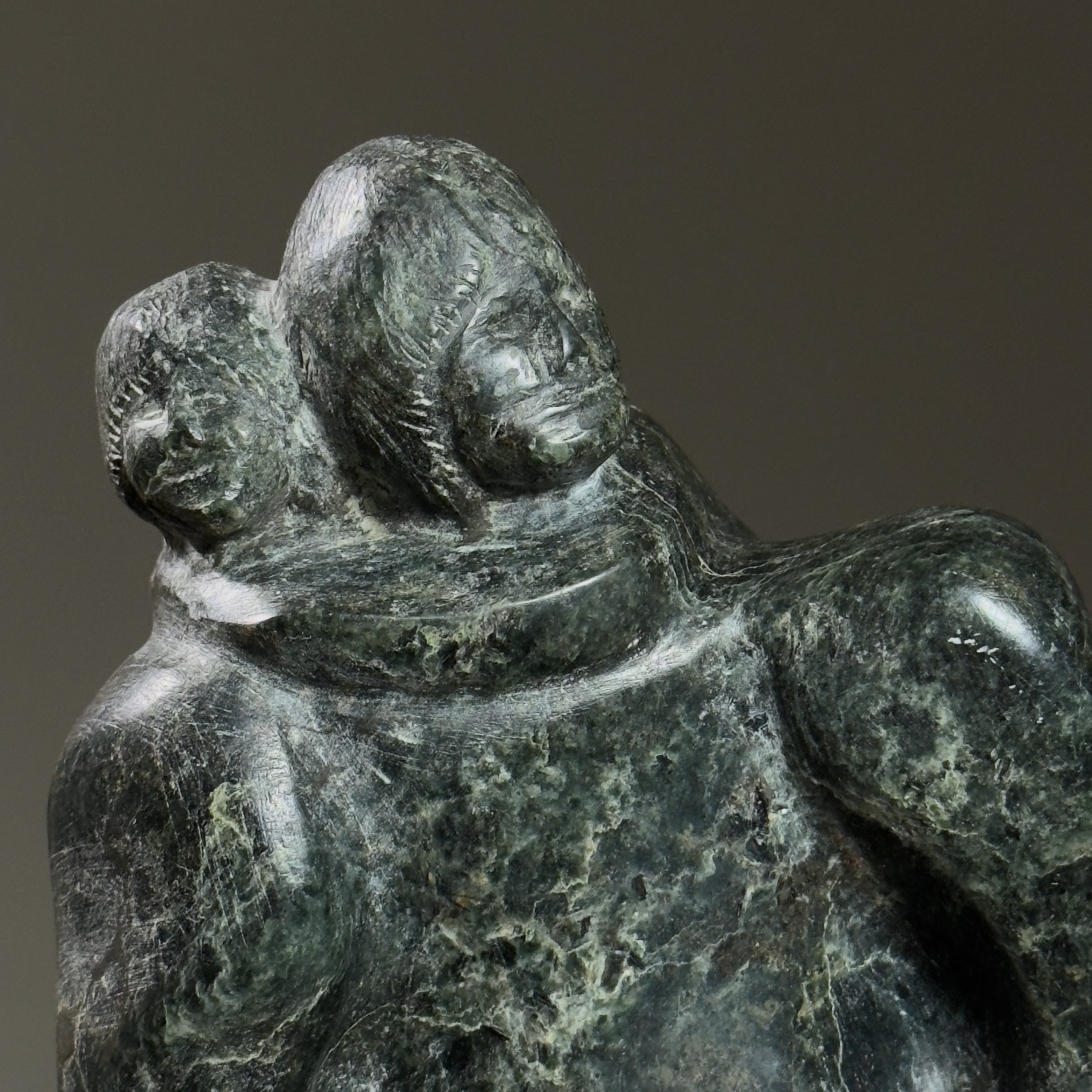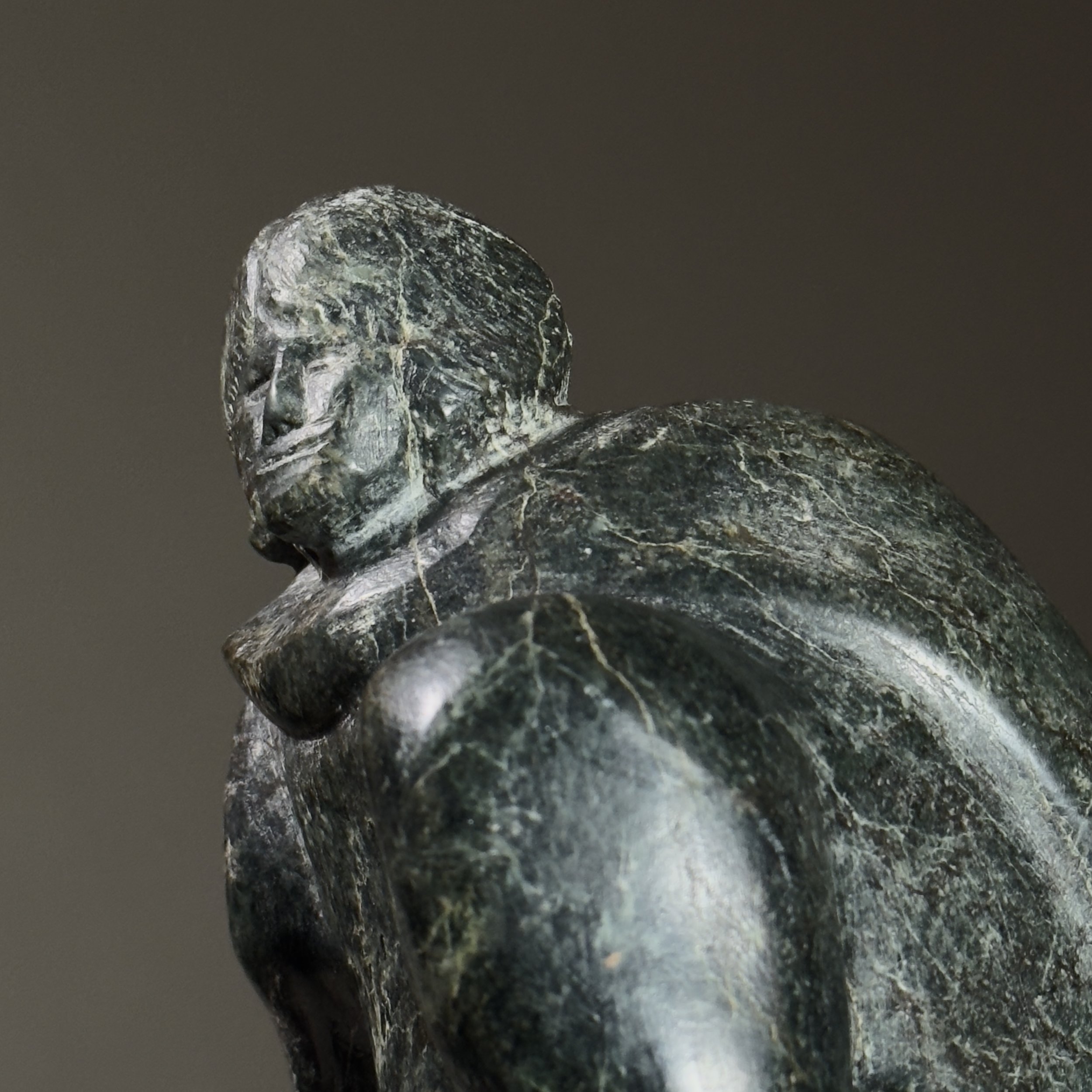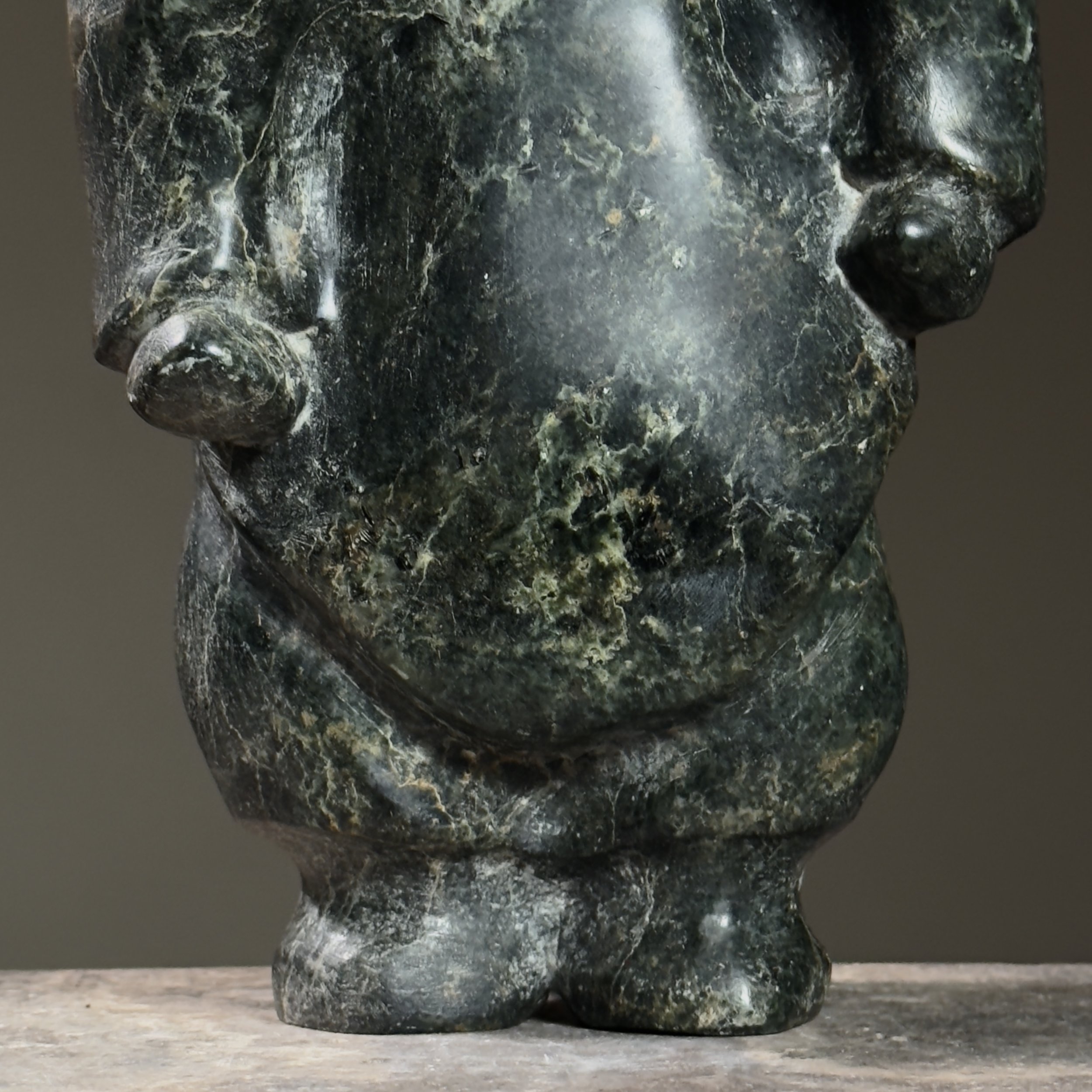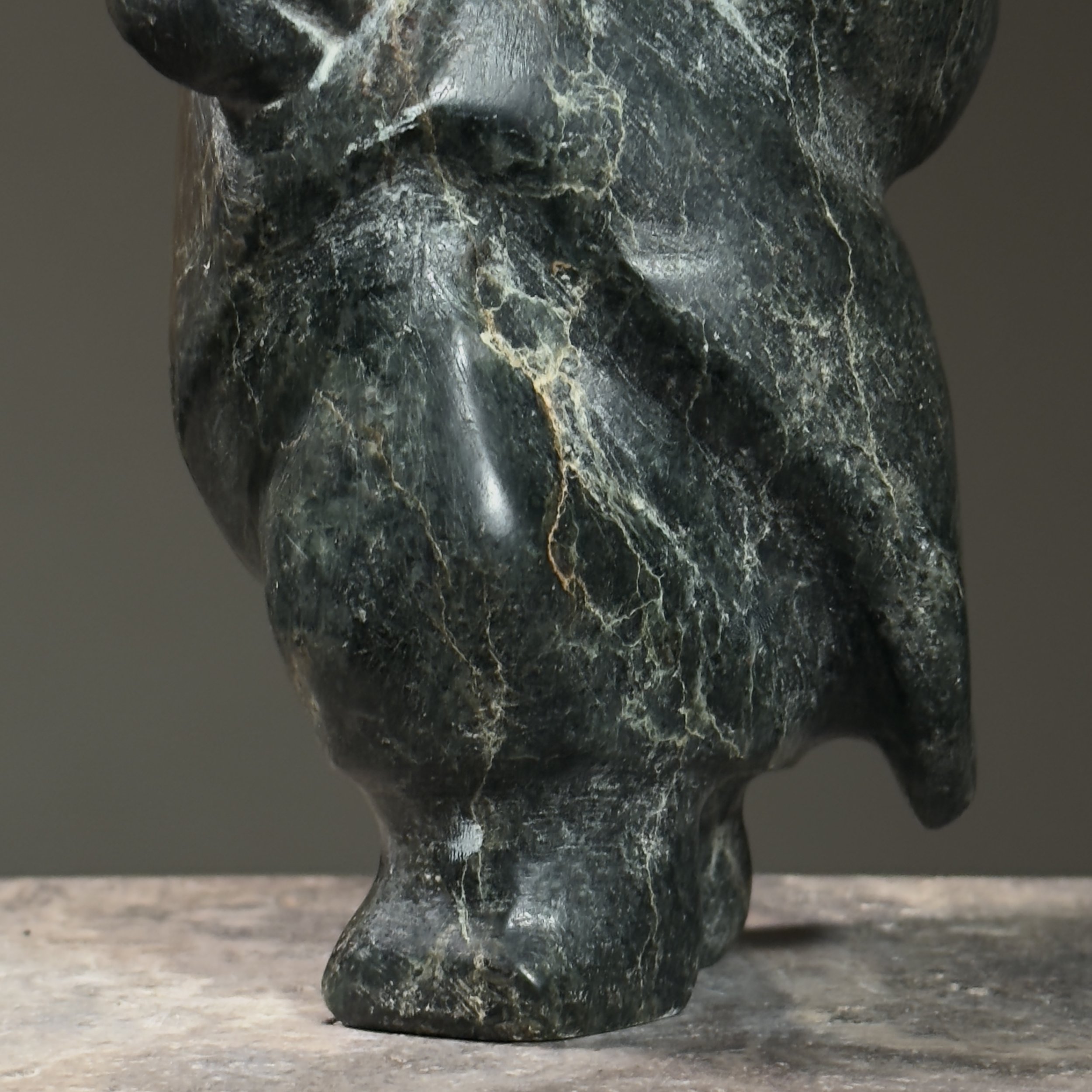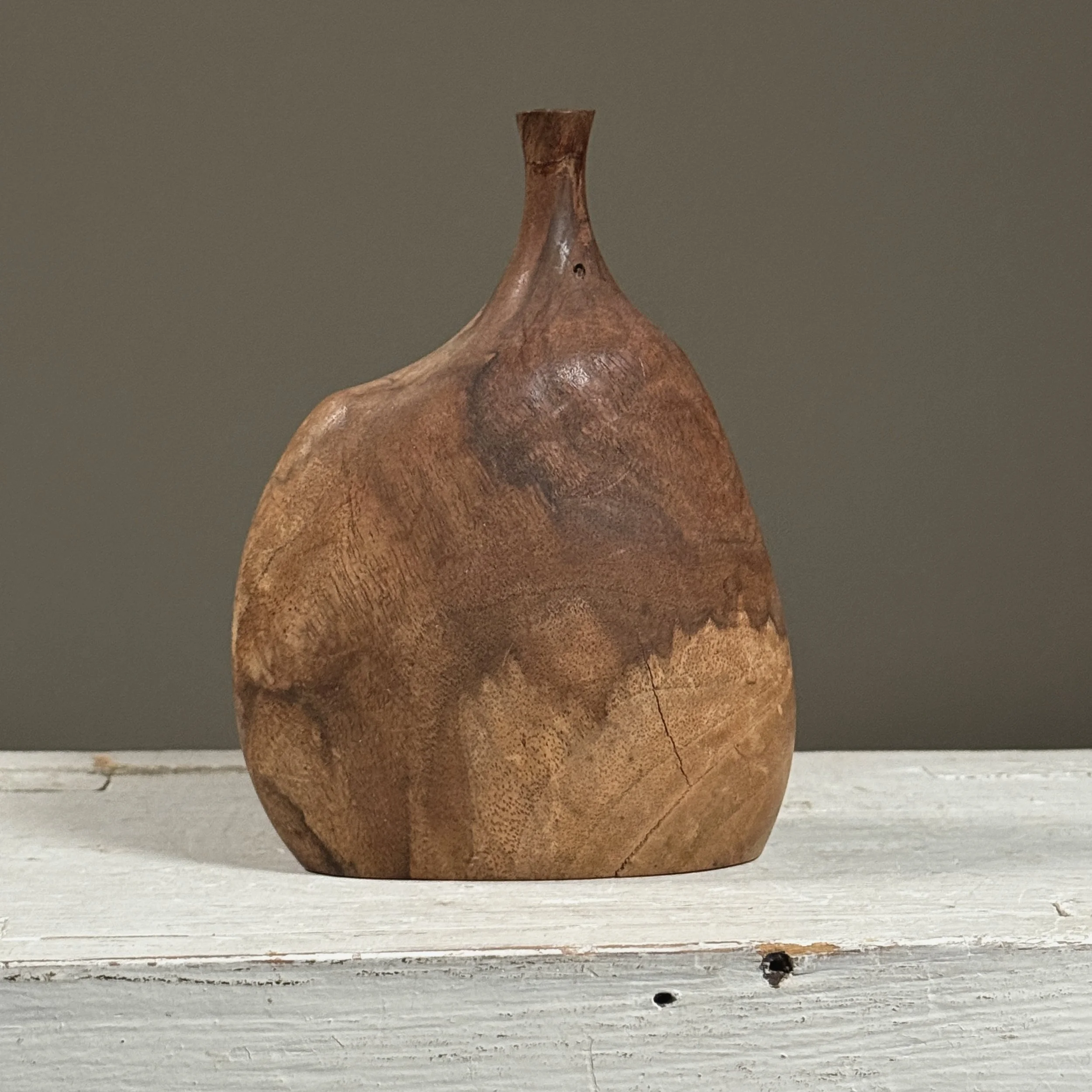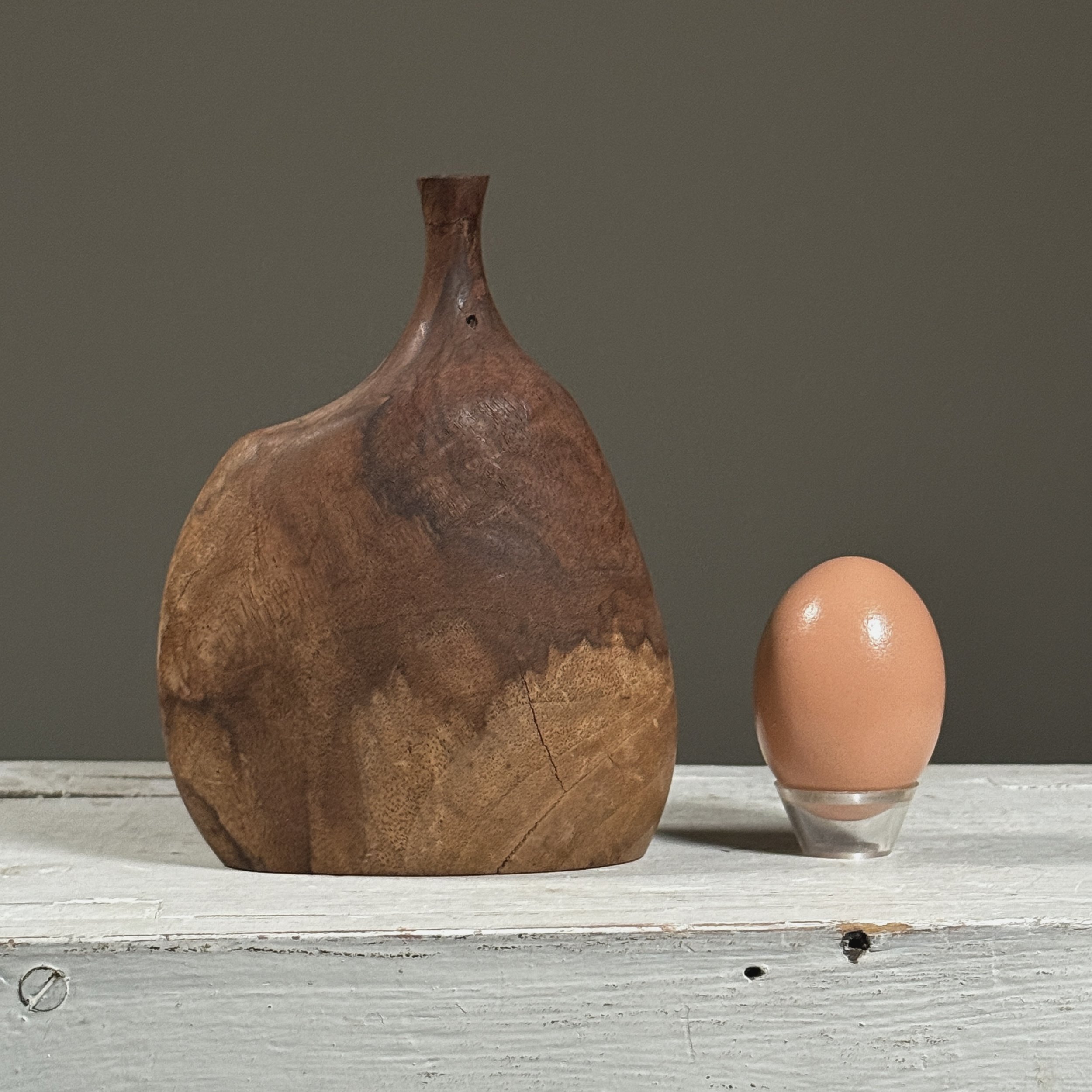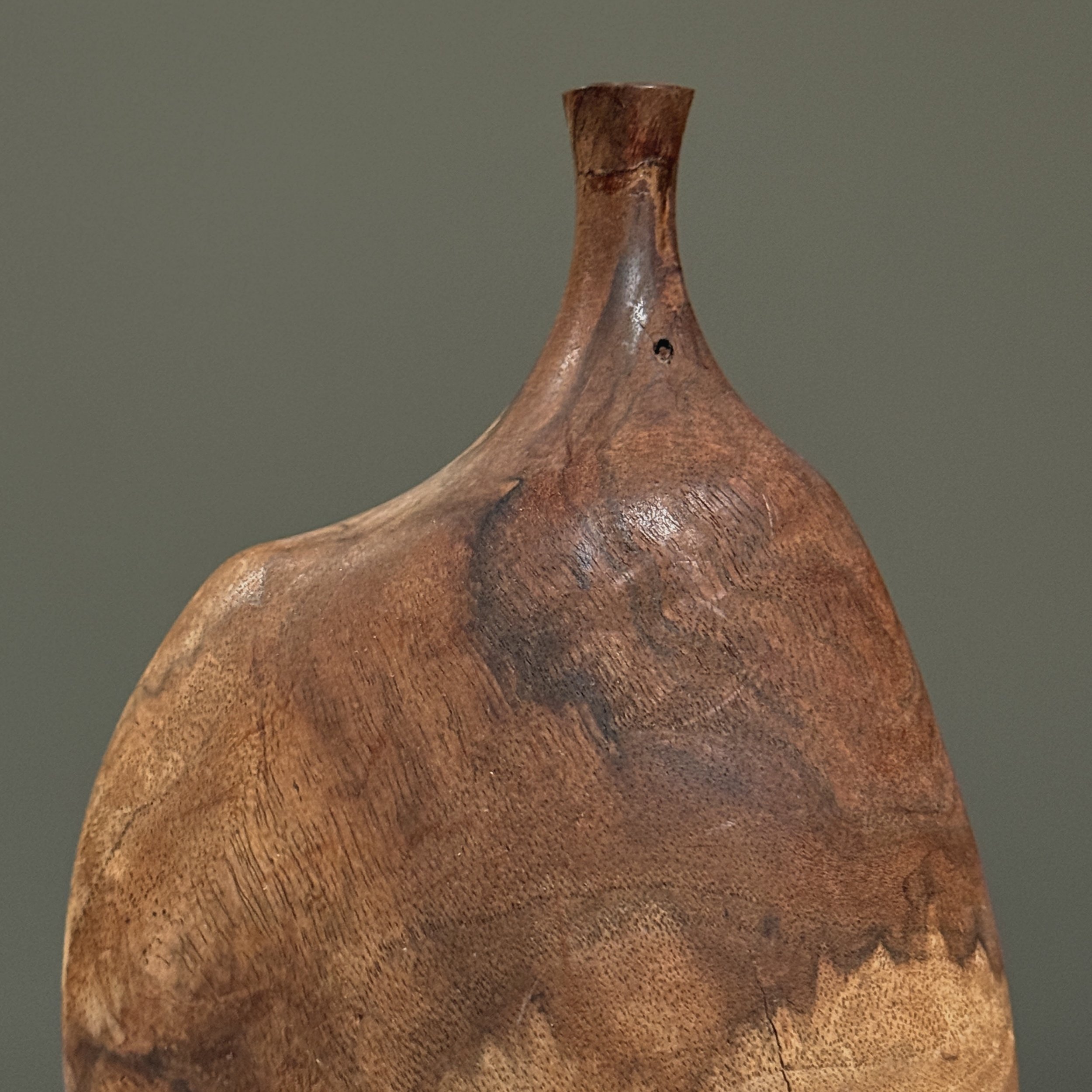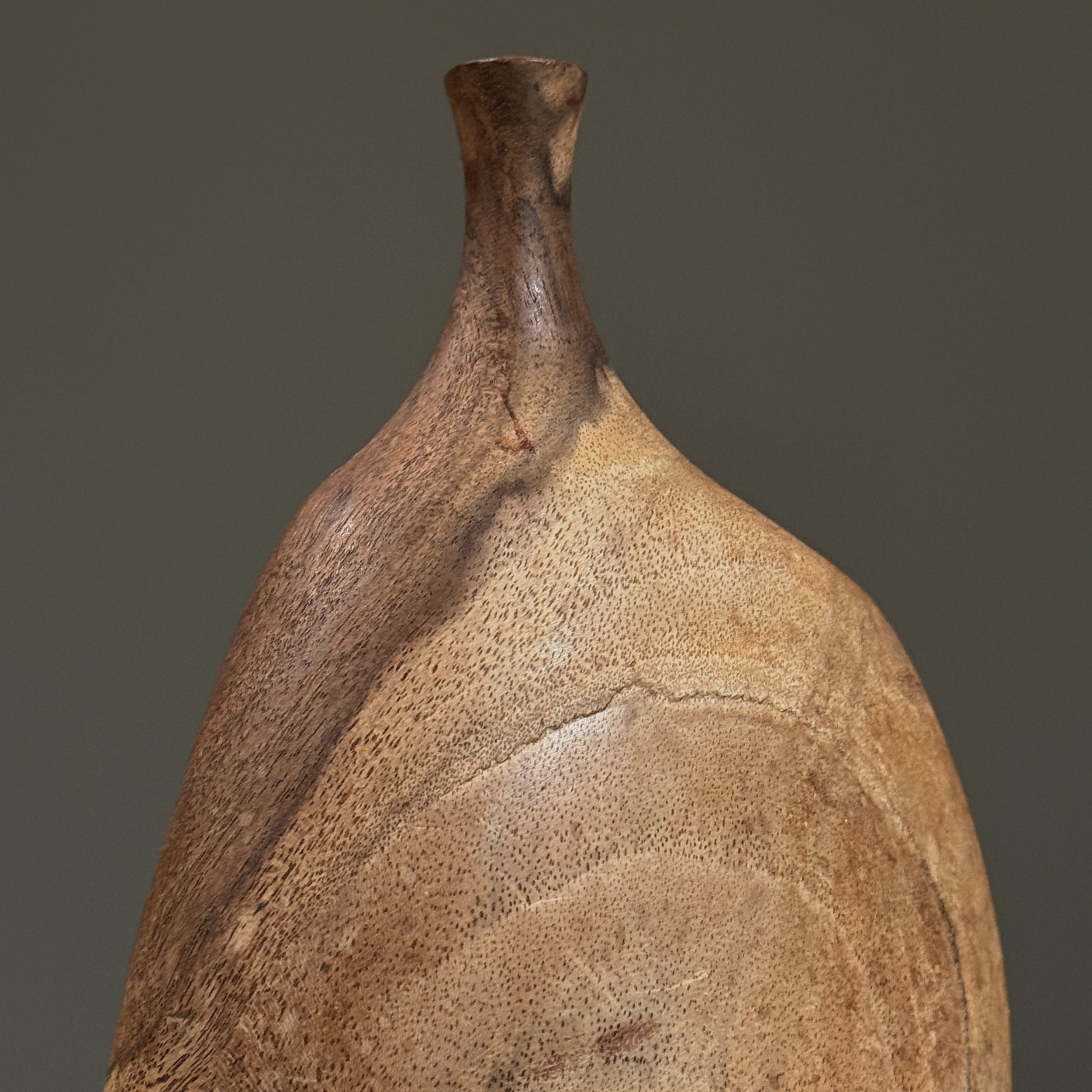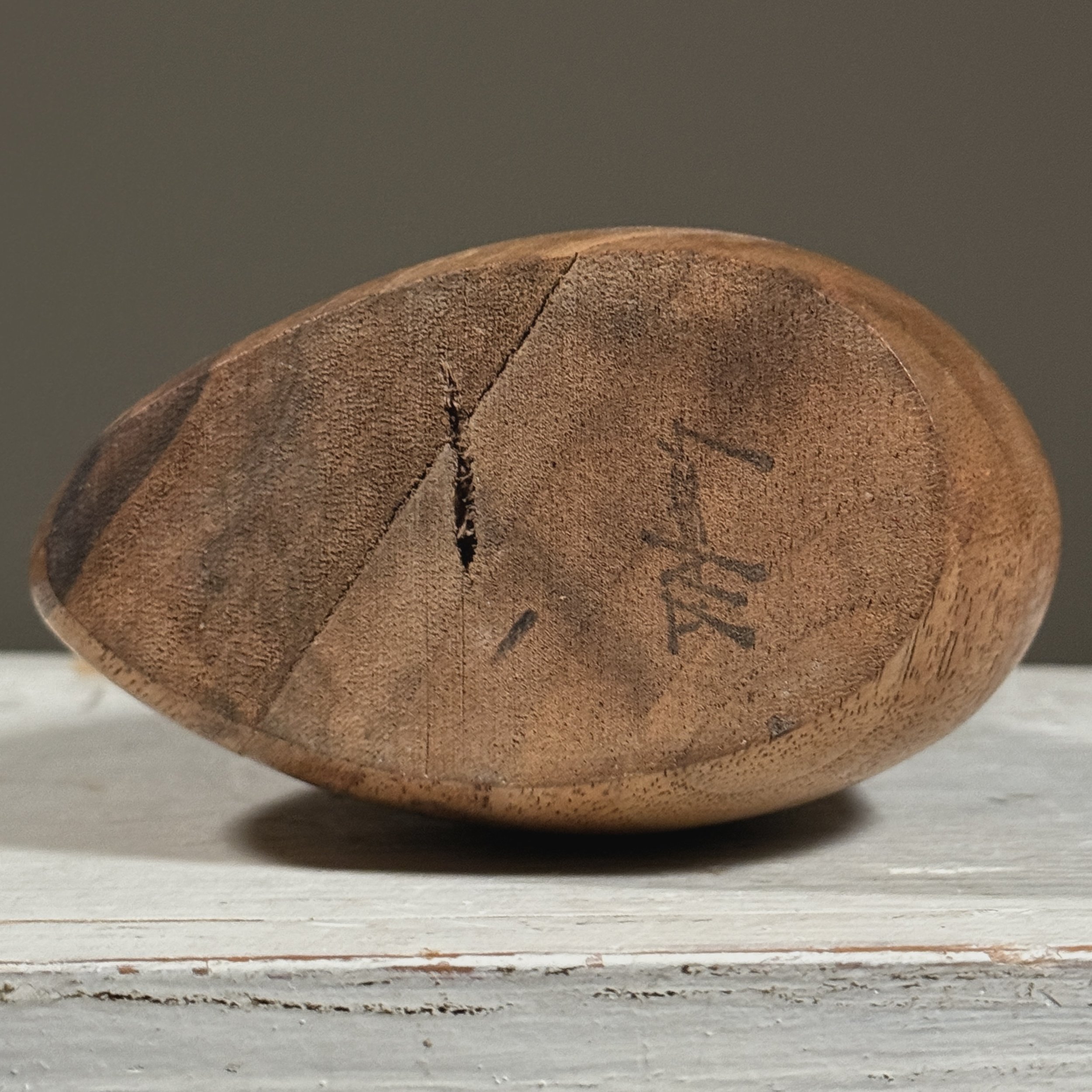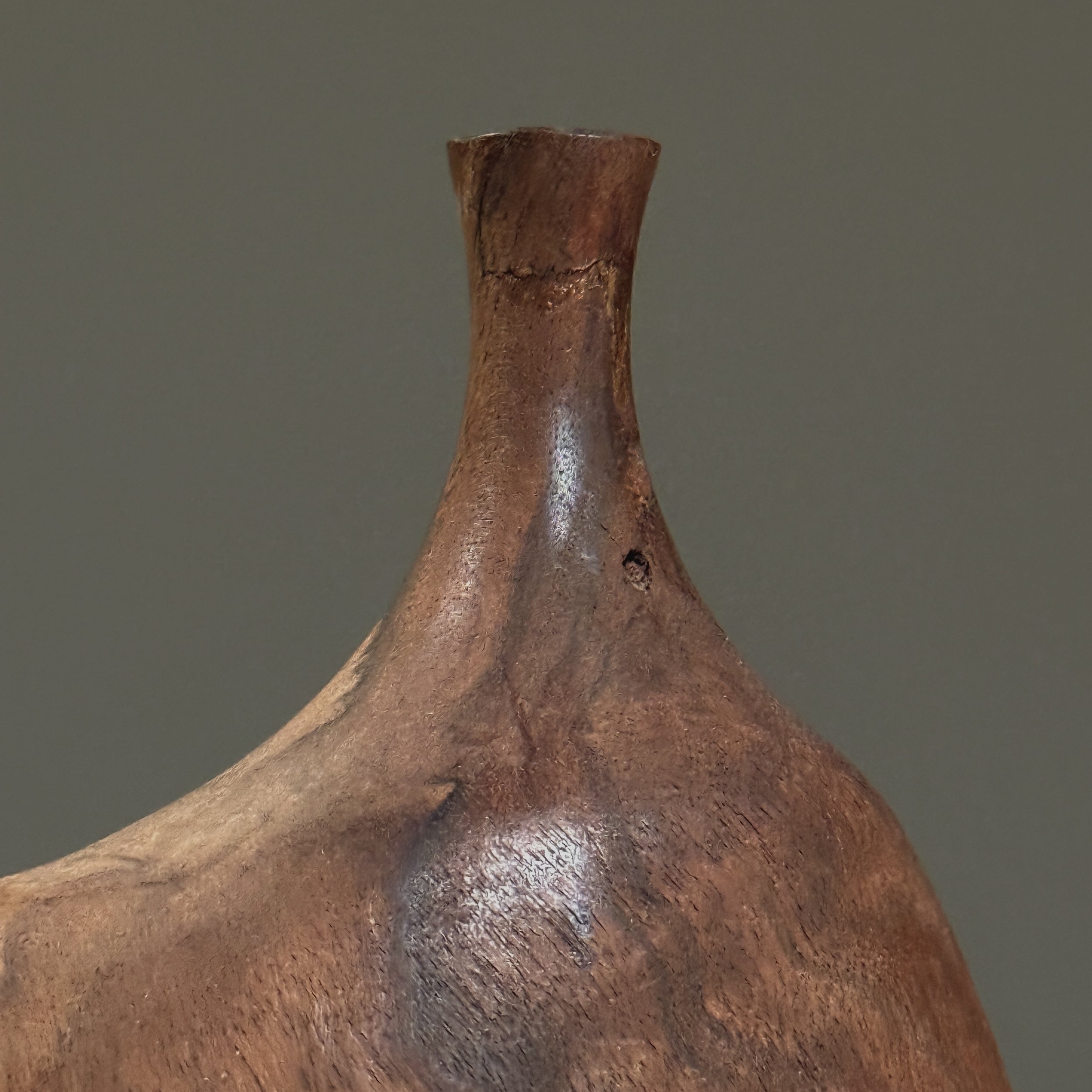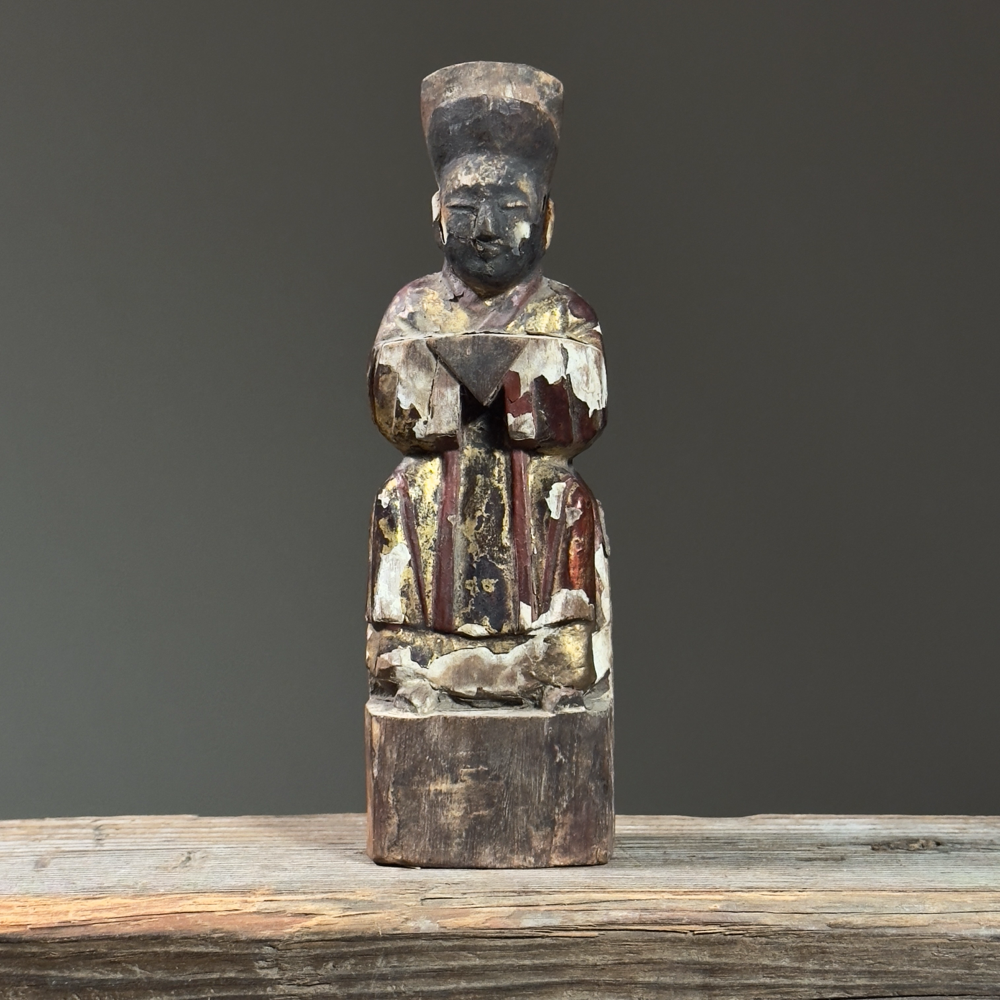 Image 1 of 8
Image 1 of 8

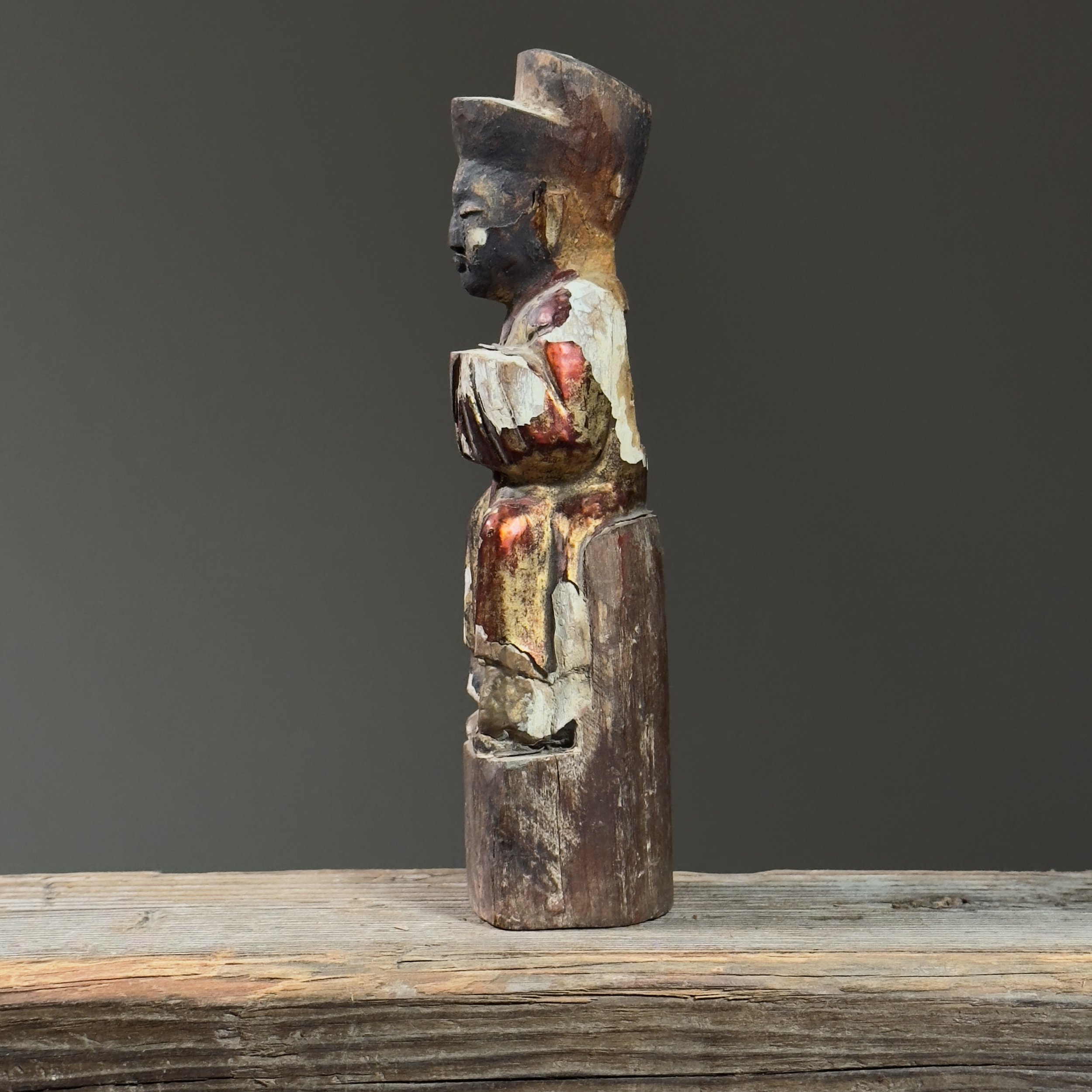 Image 2 of 8
Image 2 of 8

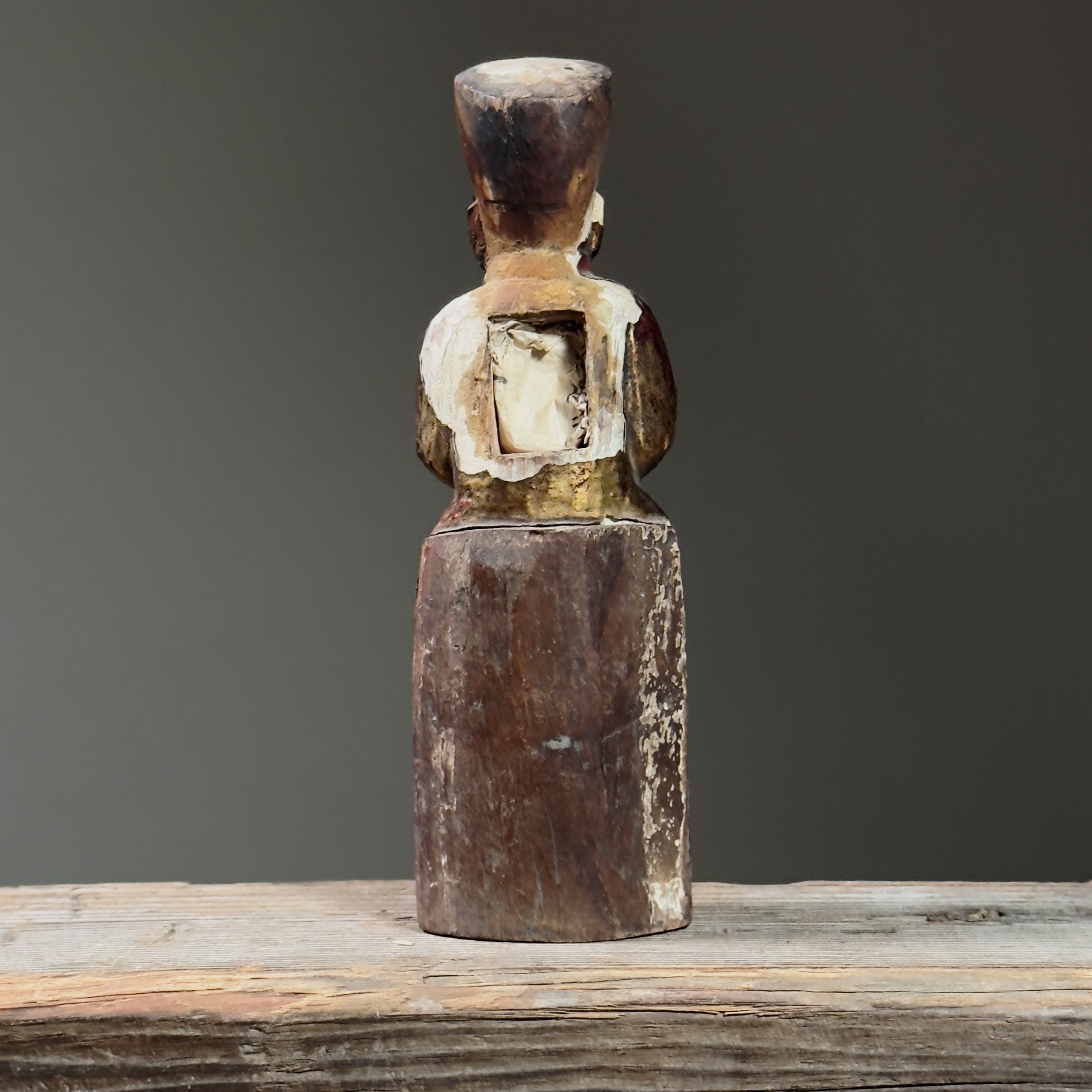 Image 3 of 8
Image 3 of 8

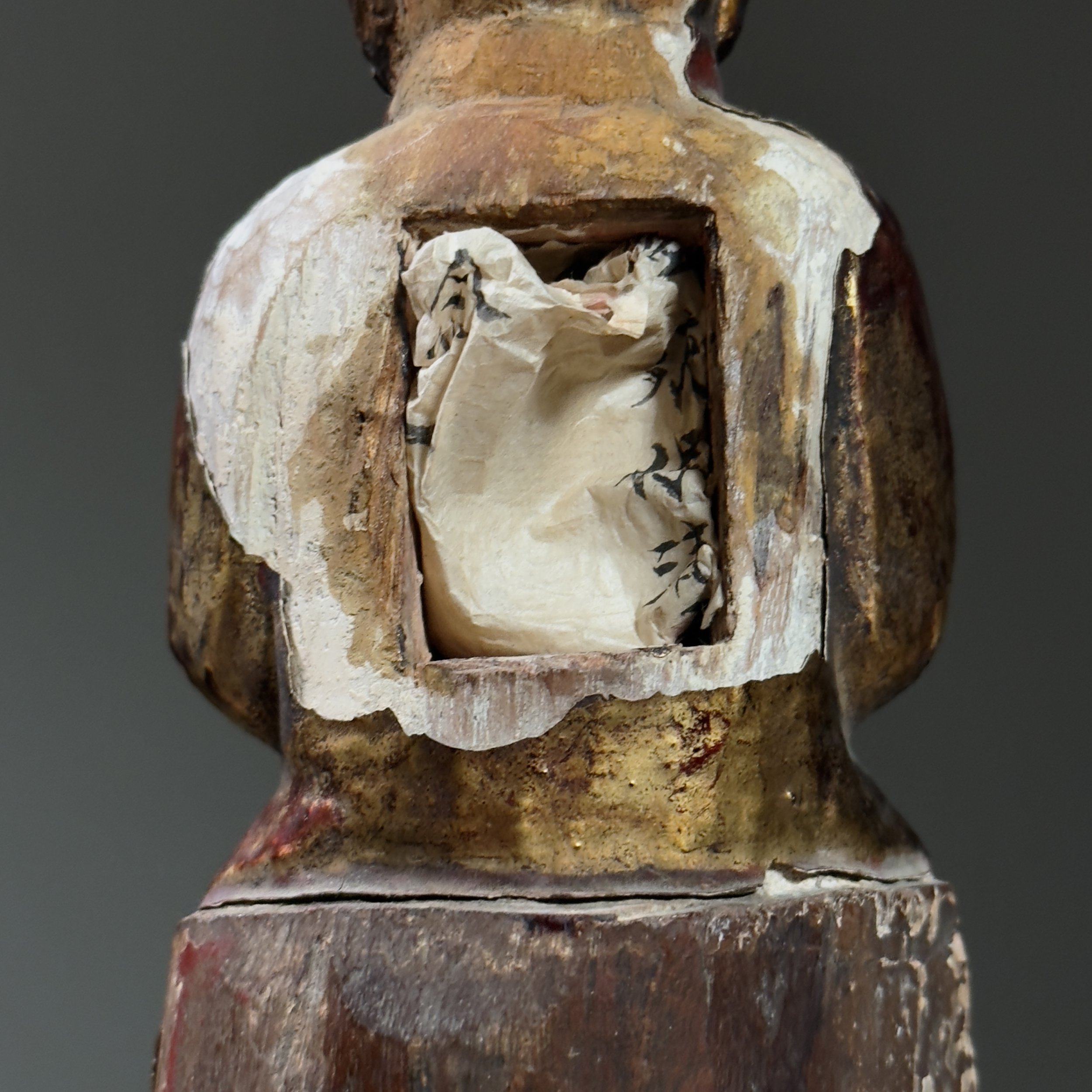 Image 4 of 8
Image 4 of 8

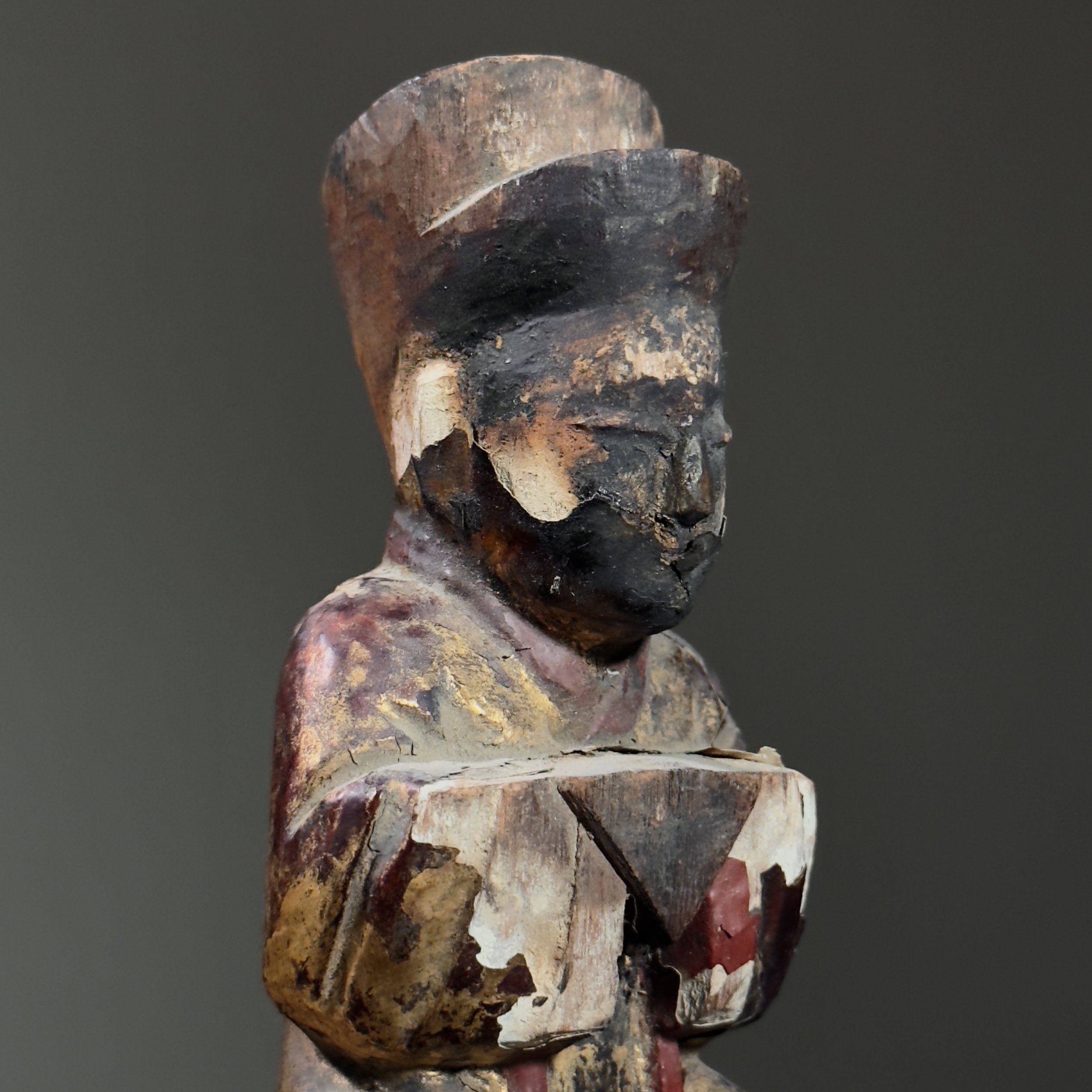 Image 5 of 8
Image 5 of 8

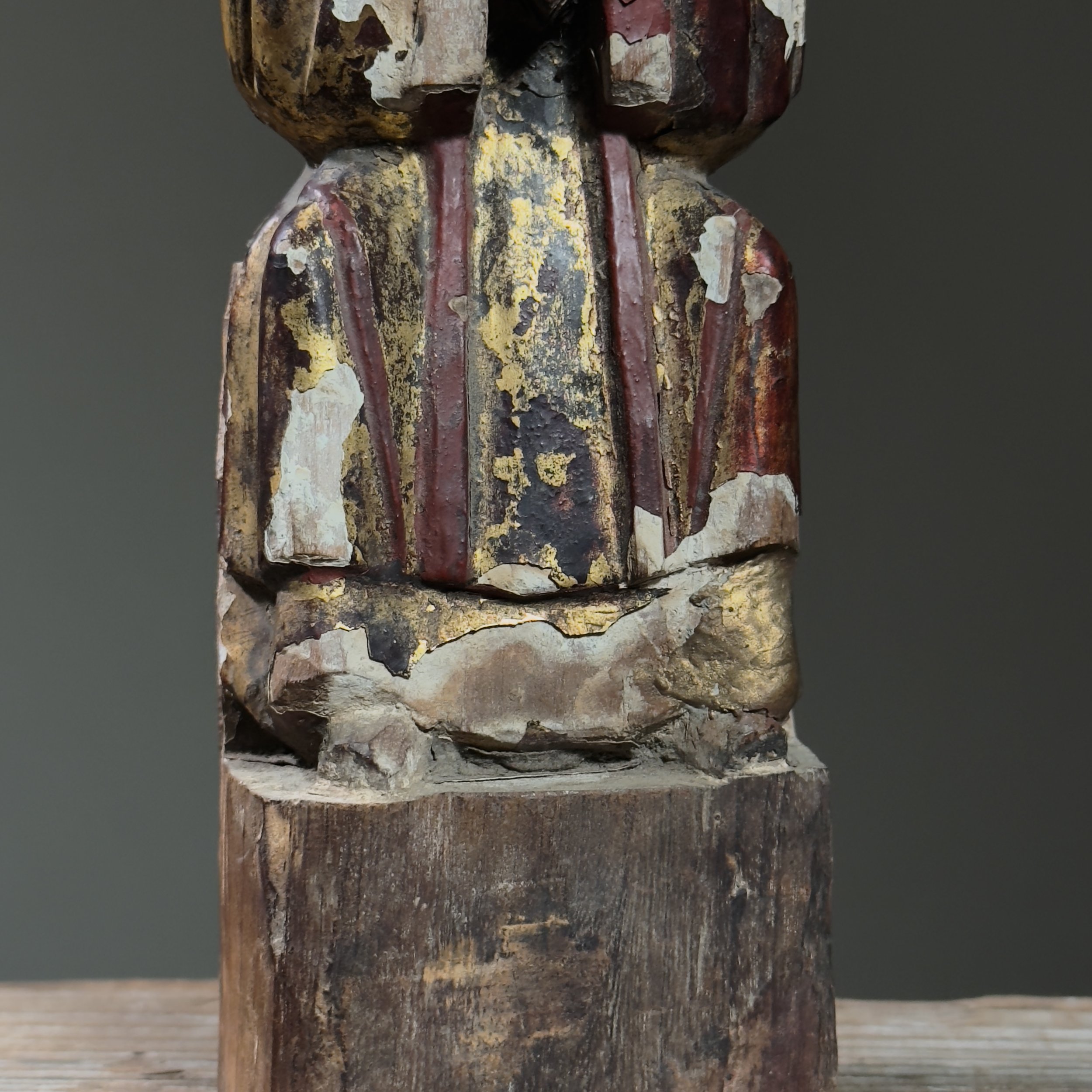 Image 6 of 8
Image 6 of 8

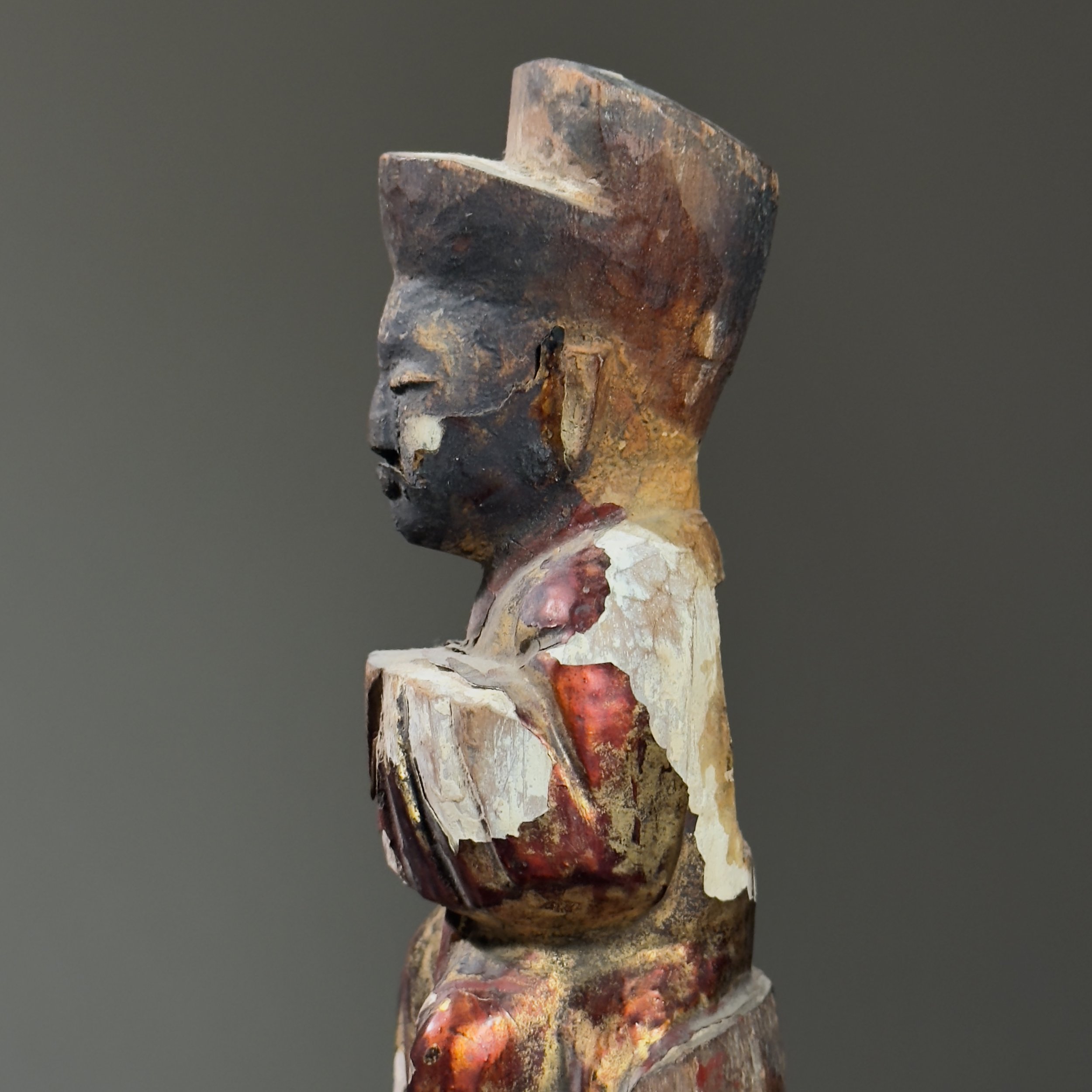 Image 7 of 8
Image 7 of 8

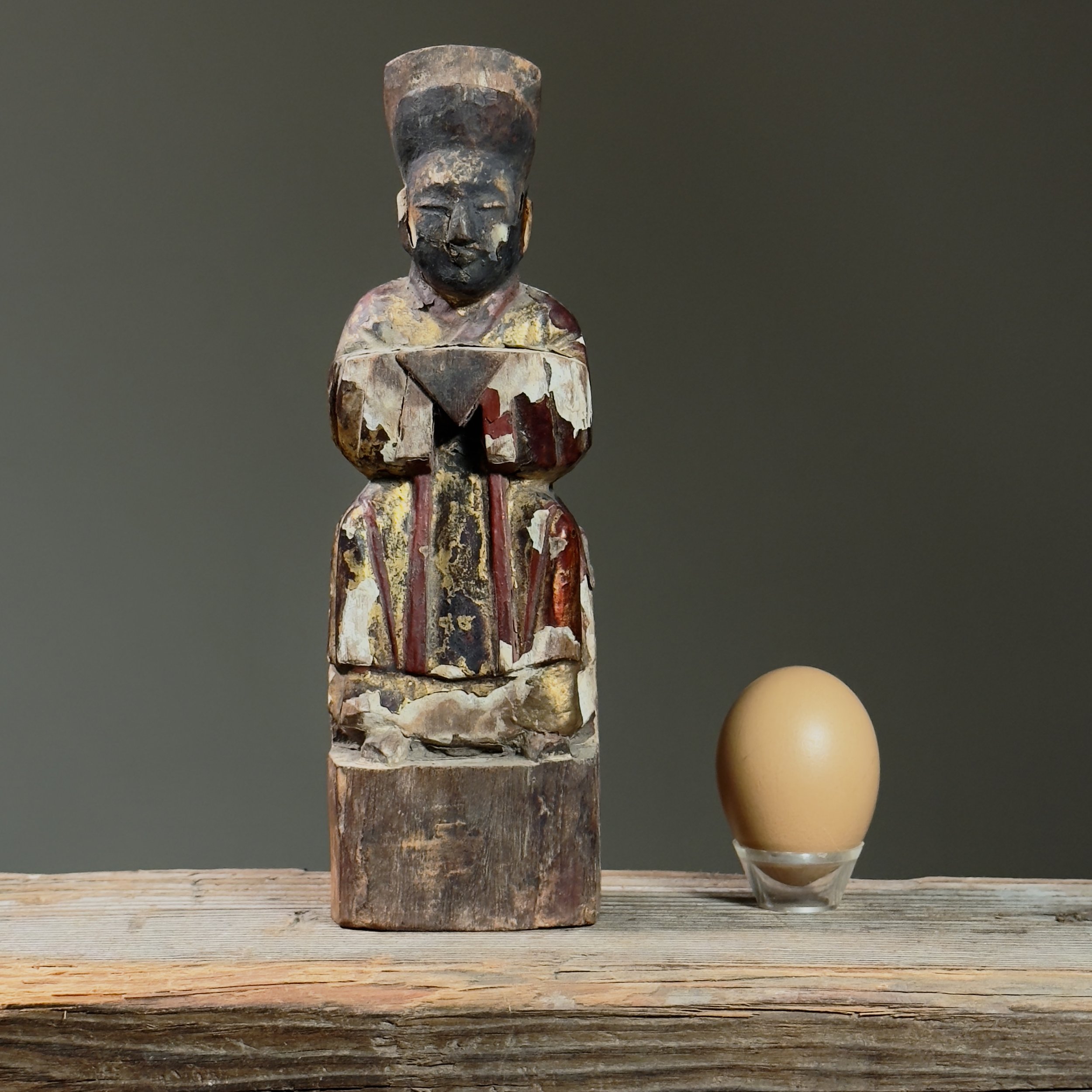 Image 8 of 8
Image 8 of 8









Antique Chinese Qing Dynasty Hand Carved Polychrome Gilt Temple Deity
Qing Dynasty Polychrome Gilt Temple Deity Sculpture
China, 18th-19th century
This finely carved wooden deity figure represents the exceptional tradition of Chinese temple sculpture during the Qing Dynasty (1644-1912). The piece retains significant original polychrome pigments and gilt detailing, with a rich patina attesting to its devotional use.
Historical Significance:
- Temple sculptures like this served as focal points for worship in both Buddhist and Daoist traditions
- The folded prayer slip preserved in the back cavity (a rare survival) suggests personal devotion
- Qing Dynasty examples often blended Tibetan Buddhist influences with Han Chinese iconography
Notable Features:
- Delicate facial carving with traces of original paint
- Gilding highlights the deity's ceremonial garments
- Characteristic "prayer slot" construction for devotional inserts
Condition:
- Surface wear consistent with age and ritual use
- Stable structure with wear on exterior. Please refer to photos for details.
- Heavy patina enhances historical character
Dimensions:
8.5"H × 2.75"W × 2"D
(21.6 × 7 × 5 cm)
Provenance Note:
Such figures typically adorned household altars or small village temples rather than major monastic institutions. The modest size suggests personal devotional use.
Qing Dynasty Polychrome Gilt Temple Deity Sculpture
China, 18th-19th century
This finely carved wooden deity figure represents the exceptional tradition of Chinese temple sculpture during the Qing Dynasty (1644-1912). The piece retains significant original polychrome pigments and gilt detailing, with a rich patina attesting to its devotional use.
Historical Significance:
- Temple sculptures like this served as focal points for worship in both Buddhist and Daoist traditions
- The folded prayer slip preserved in the back cavity (a rare survival) suggests personal devotion
- Qing Dynasty examples often blended Tibetan Buddhist influences with Han Chinese iconography
Notable Features:
- Delicate facial carving with traces of original paint
- Gilding highlights the deity's ceremonial garments
- Characteristic "prayer slot" construction for devotional inserts
Condition:
- Surface wear consistent with age and ritual use
- Stable structure with wear on exterior. Please refer to photos for details.
- Heavy patina enhances historical character
Dimensions:
8.5"H × 2.75"W × 2"D
(21.6 × 7 × 5 cm)
Provenance Note:
Such figures typically adorned household altars or small village temples rather than major monastic institutions. The modest size suggests personal devotional use.
Qing Dynasty Polychrome Gilt Temple Deity Sculpture
China, 18th-19th century
This finely carved wooden deity figure represents the exceptional tradition of Chinese temple sculpture during the Qing Dynasty (1644-1912). The piece retains significant original polychrome pigments and gilt detailing, with a rich patina attesting to its devotional use.
Historical Significance:
- Temple sculptures like this served as focal points for worship in both Buddhist and Daoist traditions
- The folded prayer slip preserved in the back cavity (a rare survival) suggests personal devotion
- Qing Dynasty examples often blended Tibetan Buddhist influences with Han Chinese iconography
Notable Features:
- Delicate facial carving with traces of original paint
- Gilding highlights the deity's ceremonial garments
- Characteristic "prayer slot" construction for devotional inserts
Condition:
- Surface wear consistent with age and ritual use
- Stable structure with wear on exterior. Please refer to photos for details.
- Heavy patina enhances historical character
Dimensions:
8.5"H × 2.75"W × 2"D
(21.6 × 7 × 5 cm)
Provenance Note:
Such figures typically adorned household altars or small village temples rather than major monastic institutions. The modest size suggests personal devotional use.

